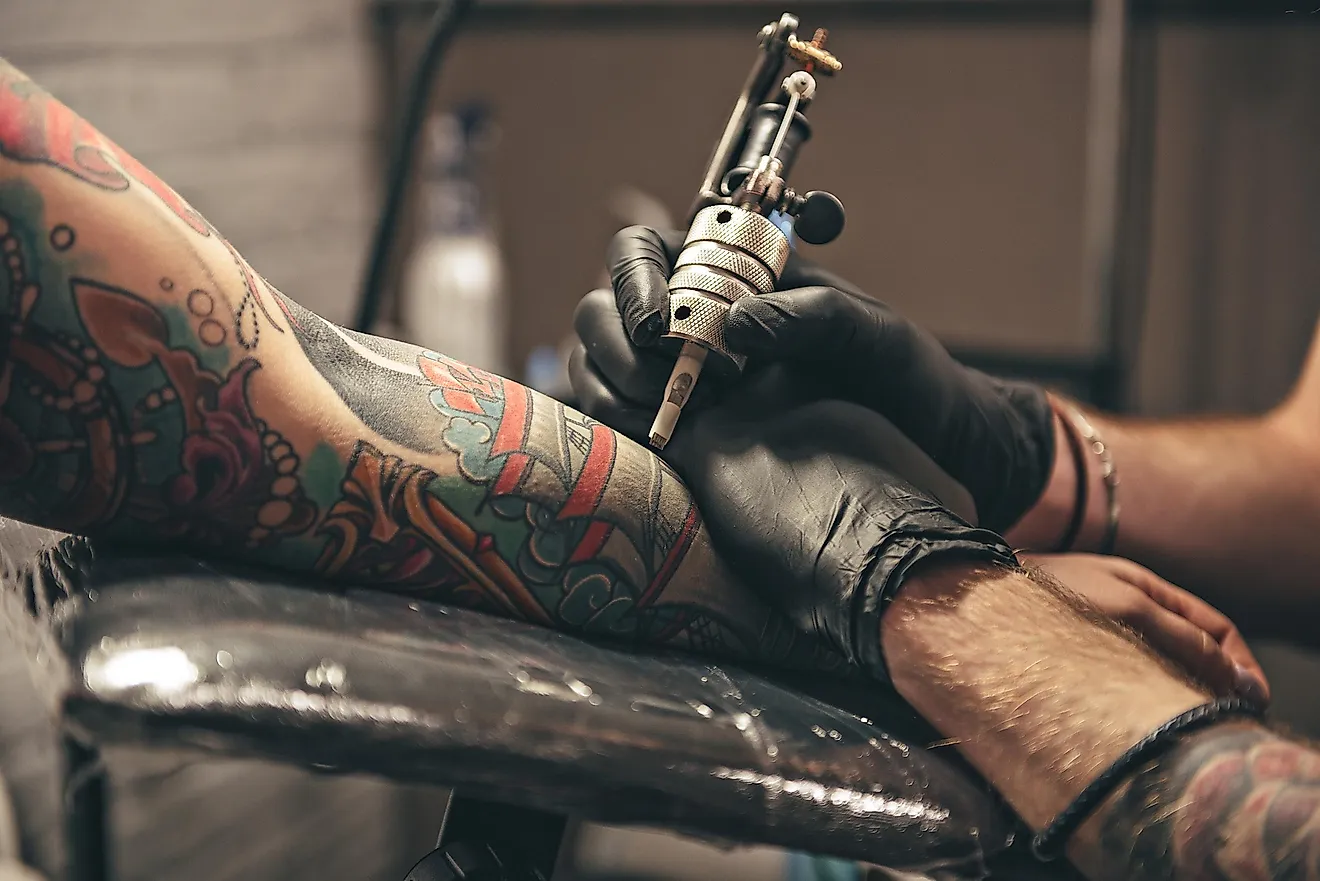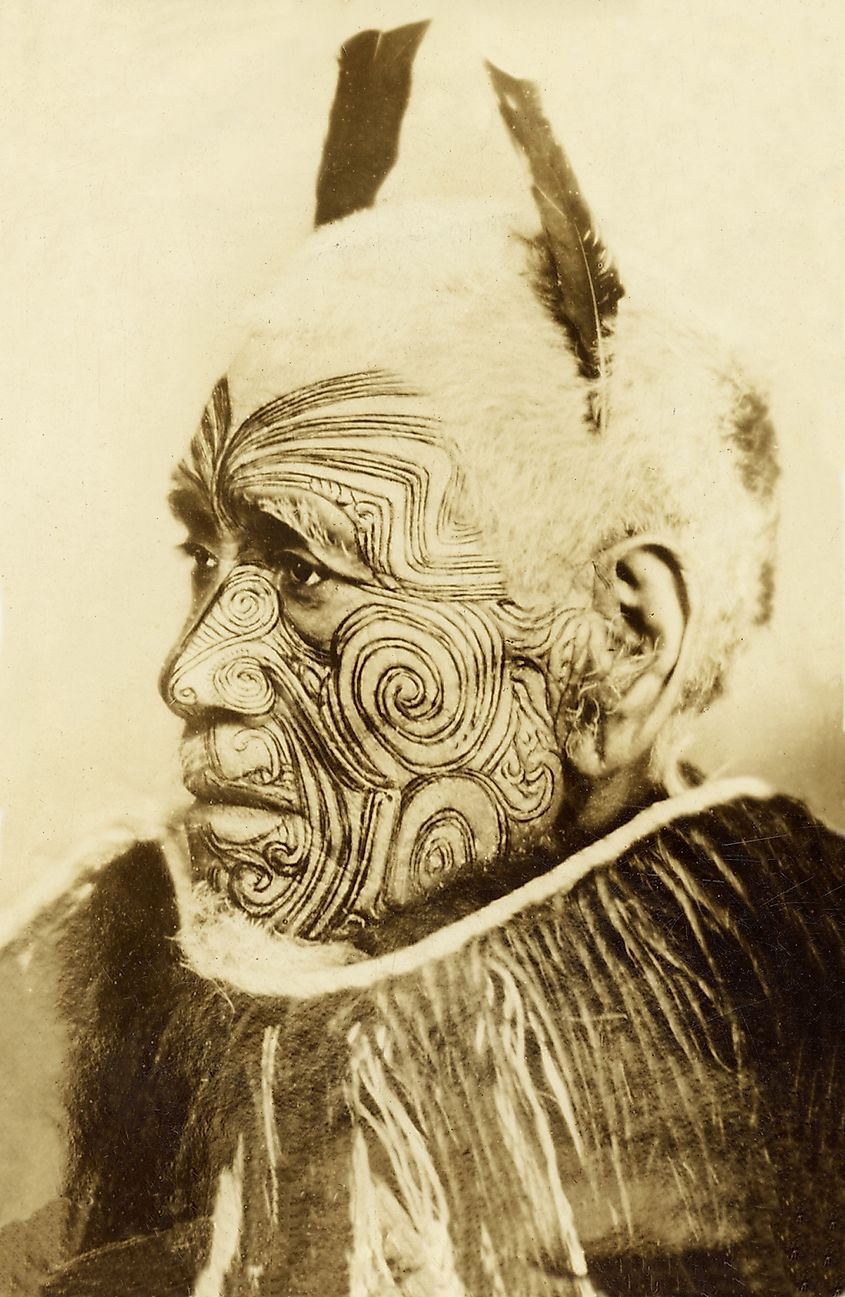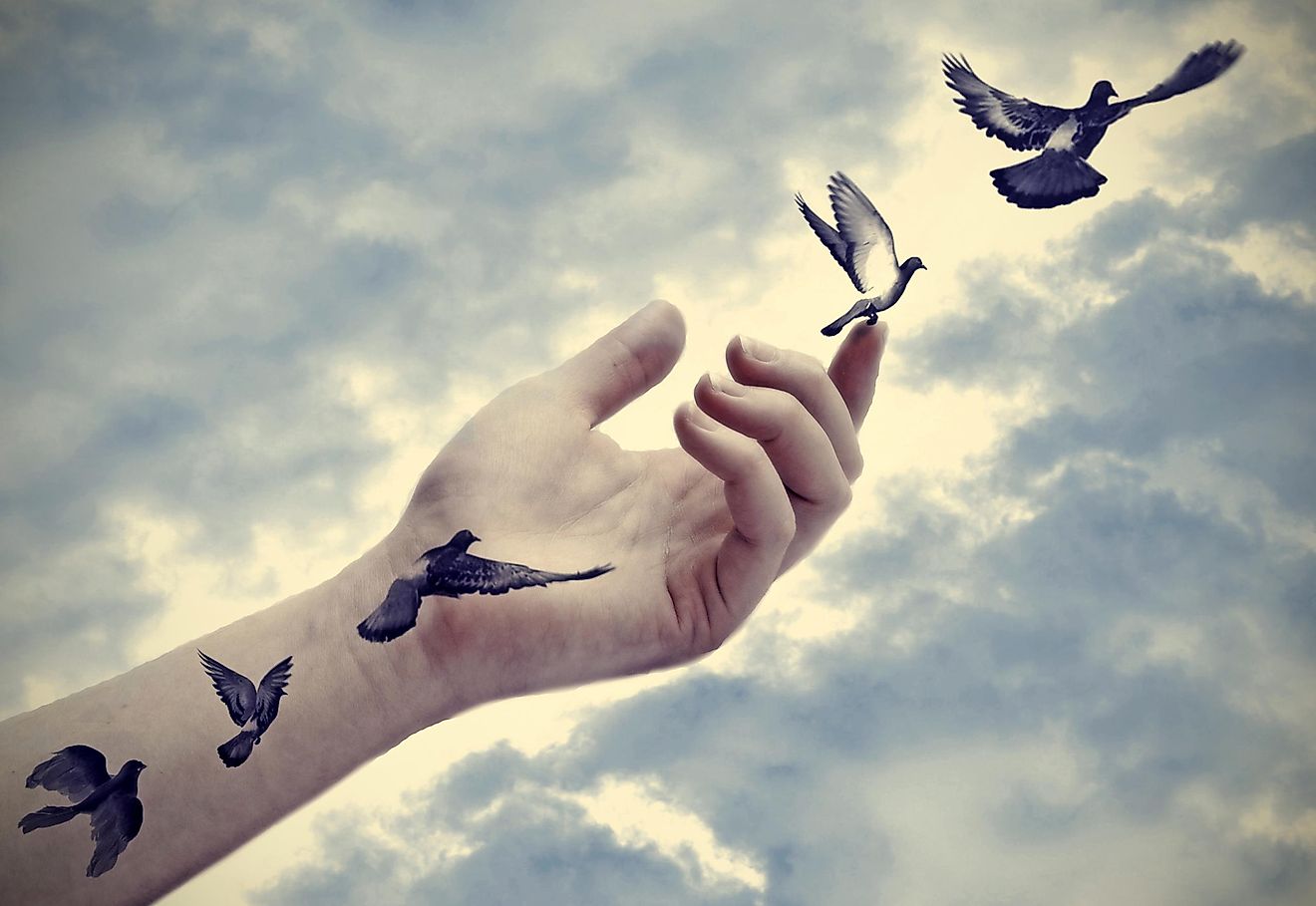Cultures With A Long History Of Tattooing

- Almost every culture in the world has a history of tattooing in one form or another, some representing positive imagery and others, negative symbols.
- Some Indigenous cultures in the US used face tattoos to capture the soul of a person they killed in battle, using intricate patterns.
- Greeks and Romans used tattooing to brand slaves and to mark criminals in permanent ways, and are thought to have learned this from Persians.
Tattoos seem to be all over people these days, both younger and older. While it may feel like that rainbow on your shoulder is the newest invention you can think of, you are actually connecting with a long history of putting ink to skin when you get a tattoo in the 21st century.
Tattoos marked Roman criminals and slaves, and the ancient Greeks were said to use the markings to allow spies to communicate with each other. Tattoos were also a prominent part of many other cultures and still play an important role in them today.
The English word “tattoo” comes from the Tahitian word “tatau.” Tattooing is said to now be so popular in North America that about one in every seven people has at least one tattoo.
How does tattooing work? Today, electric machines have needles that move up and down really quickly, which run at about 50-30,000 vibrations per minute. These needles penetrate your skin by about 1 mm below the surface and deliver pigments that your body treats as a non-toxic element.
Records show the practice of “getting ink done” can be found in almost every human culture throughout history. Here are some examples to liven up your dinner table conversations and contribute to your growing body of tattoo knowledge.
Maori Tribes
The Maori tribes of New Zealand tattoo their faces to communicate information about their ancestral tribe, stories of their family, and where they find themselves in their community’s social structure. The Maori tattoo form was brought to New Zealand from Polynesia centuries ago and is sacred to the Maori people.
“Ta moko” is a Maori face tattoo, and it declined as an art form in the 20th century but recently the practice has seen a revival. More Maori are getting them again, as a way of celebrating their culture.
Maori men can sport a moko on their entire face, and women have them on their chin, and sometimes on their upper lip, nostrils, forehead, and throat. Maori tattoos are said to be one of a kind—no two are alike.

Romans, Greeks, and Others
Tattoos have a different significance in various cultures, and for the Romans, a tattoo usually represented bad news, not something to be celebrated. This group is said to have used tattoos to brand fugitives with the letter “F”, and also to mark slaves who were forced to work in mines, and convicts who were made to fight in gladiator shows. These tattoos of shame were made on the face, arm, calf or hand.
Other signs and letters were also used by the Anglo-Saxons for the same types of purposes—to mark those who had broken the law or were simply homeless vagabonds. The practice of tattooing people to permanently brand them continued up into the American colonies, where it was used to identify slaves, and those who tried to free or steal property.
What about the ancient Greeks? Tattoos were used in much the same way by this group. The tradition of using tattoos as punishment or to shame is said to have come to Greece from Persia in the 6th century BCE.
Among some ancient peoples, however, tattoos were a positive thing. For people like the Picts, Gauls, and Scythians, tattoos were used in a more positive way and were a mark of pride as they are in Maori culture and other native groups.
1. Native American Cultures

Tattoos have also been a prominent part of some Indigenous peoples' cultures in the Americas. Archeology.org tells of how people from the Mississippian culture in the US from around A.D. 1350-1550 tattooed their face to capture the soul of a person they killed in battle and to help their dead relatives travel into the afterlife. Face tattoos were about celebrating everlasting life. Often these detailed images would take the form of a bird, which was related to the Birdman deity who represented the triumph of life over death with the world being born anew each day with the rising of the sun, and the singing of the birds.
Whether as positive images or as negative markers, tattoos have been around all over the world for centuries, if not millennia. Each culture has its own unique tradition, and tattoo art continues to evolve today, bridging the art of the past with the future.











